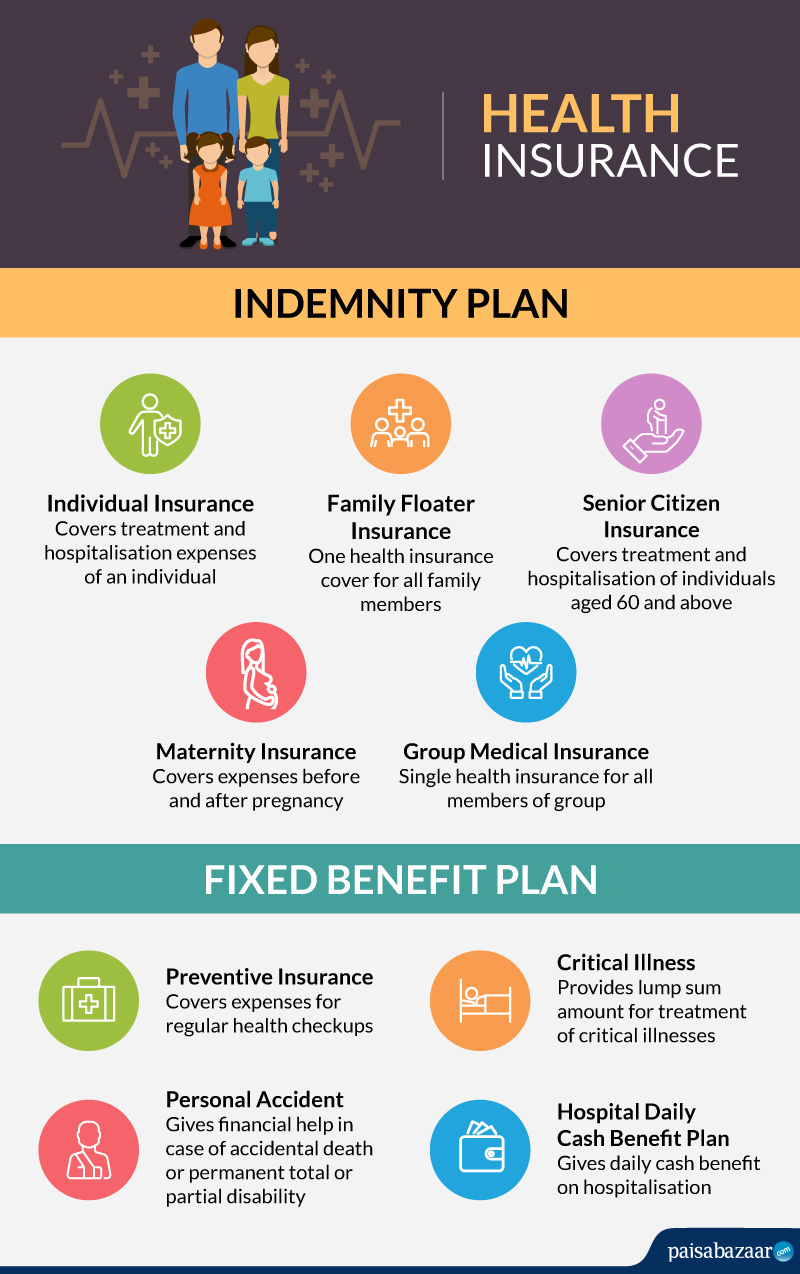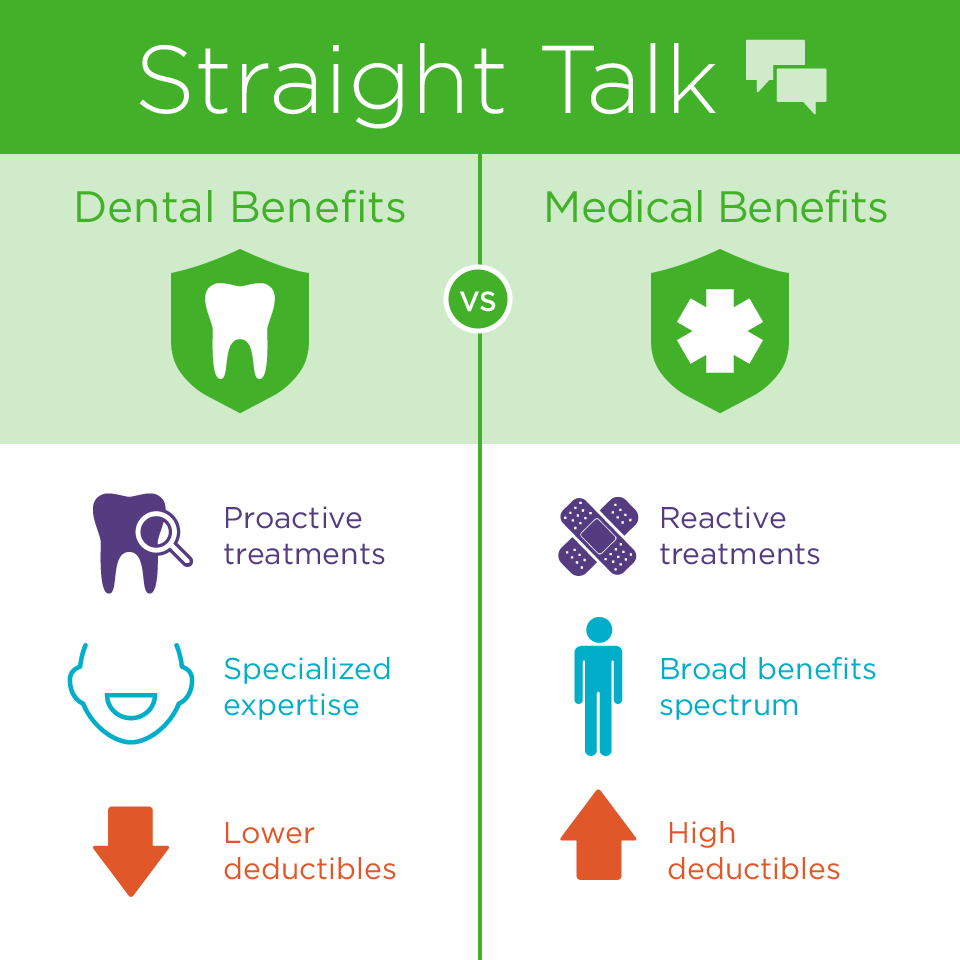All About Medicare Advantage Agent
All About Medicare Advantage Agent
Blog Article
Medicare Advantage Agent Fundamentals Explained
Table of ContentsThe smart Trick of Medicare Advantage Agent That Nobody is DiscussingThe Best Strategy To Use For Medicare Advantage AgentHow Medicare Advantage Agent can Save You Time, Stress, and Money.

complies with from puzzling the relatively young age account of the without insurance with the far better wellness, on average, of more youthful individuals. This covers the web link between health condition and medical insurance. For those without access to workplace medical insurance, bad health and wellness is a prospective barrier to buying nongroup coverage because such insurance coverage might be highly valued, exclude pre-existing conditions, or be simply inaccessible. The variety of uninsured Americans is not specifically big and has not transformed over the last few years. Seven out of ten respondents in a nationally representative survey believed that less Americans lacked medical insurance than in fact do(Fronstin, 1998). Approximately fifty percent(47 percent )thought that the variety of people without medical insurance lowered or stayed constant over the latter fifty percent of the last years(Blendon et al., 1999). This decrease of almost 2 million in the number of people 'without insurance (a decrease
of about 4 percent)is certainly a favorable adjustment. With a softer economy in 2000 the current reported gains in insurance policy coverage may not proceed(Fronstin, 2001 ). The decrease in the variety of without insurance will not proceed if the economy remains slow and wellness care prices remain to surpass rising cost of living. This is due to the fact that the information were gathered for a duration of strong economic performance. Of the approximated 42 million people that were without insurance, all however about 420,000(regarding 1 percent)were under 65 years old, the age at which most Americans become qualified for Medicare; 32 million were adults between ages 18 and 65, around 19 percent of all grownups in this age; and 10 million were kids under 18 years old, concerning 13.9 percent of all children (Mills, 2000). These quotes of the variety of individuals without insurance are generated from the annual March Supplement to the Present Population Study (CPS), conducted by the Demographics Bureau. Unless otherwise kept in mind, nationwide estimates of people without medical insurance and proportions of the populace with various sort of coverage are based upon the CPS, one of the most widely utilized source of estimates of insurance policy protection and uninsurance rates. These studies and the quotes they yield are described briefly in Table B. 1 in Appendix B - Medicare Advantage Agent. These studies vary in size and tasting approaches, the questions that are asked about insurance
6 Easy Facts About Medicare Advantage Agent Described
insurance coverage, and the time duration over which insurance policy coverage or uninsurance is gauged(Lewis et al., 1998, Fronstin, 2000a ). Still, the CPS is especially helpful because it produces annual estimates relatively quickly, reporting the previous year's insurance coverage approximates each September, and since it is the basis for a regular collection of price quotes for greater than 20 years, permitting evaluation of fads in protection with time.

Some Known Incorrect Statements About Medicare Advantage Agent
Over a three-year period starting early in 1993, 72 million people, 29 percent of the U.S. populace, were without protection for a minimum of one month. Within a solitary year(1994), 53 million individuals experienced a minimum of a month without insurance coverage(Bennefield, 1998a). Six out of every 10 uninsured grownups are themselves used. Although working does enhance the chance that and one's relative will certainly have insurance policy, it is not a guarantee. Even members of family members with two permanent breadwinner have almost a one-in-ten opportunity of being without insurance (9.1 percent without insurance rate)(Hoffman and Pohl, 2000 ). The relationship between health and wellness insurance and access to care is well established, as recorded later in this chapter. Although the connection between medical insurance and wellness results is neither straight neither basic, a comprehensive professional and health solutions research literary works web links medical insurance protection
to better accessibility to care, better top quality, and enhanced individual and population health and wellness status. The second report, on individual health and wellness end results for uninsured adults, is stood for by the inner circle of the number, while the 3rd record, on family members well-being, incorporates the topics of the second report however emphasizes a various device of analysis, specifically, the family. The sixth record in the series will present information regarding methods and initiatives taken on locally, statewide, or country wide to resolve the lack of insurance policy and its negative influences. Levels of analysis for taking a look at the results of uninsurance. This conversation of wellness insurance coverage check this site out focuses largely on the U.S. population under age 65 since essentially all Americans 65 and older have Medicare or various other public insurance coverage.
It focuses particularly on those without any type of health and wellness insurance coverage for any kind of size of time. The troubles faced by the underinsured are more helpful hints in some areas similar to those dealt with by the uninsured, although they are usually less severe. Uninsurance and underinsurance, nonetheless, involve clearly different policy problems, and the approaches for resolving them may differ. Throughout this research study and the five records to follow, the primary emphasis is on individuals with no health insurance policy and thus no support in paying for wellness care beyond what is offered via charity and security web organizations. Wellness insurance is an effective element influencing invoice of care due to the fact that both individuals and medical professionals react to the out-of-pocket price of solutions. Medical insurance, nevertheless, is neither needed neither enough to get to medical services. Nevertheless, the independent and direct impact of wellness
insurance coverage on access to wellness solutions is well developed. Others will acquire the wellness treatment they need even without health and wellness insurance coverage, by paying for it out of pocket or seeking it from providers that use care totally free or at extremely subsidized prices. For still others, medical insurance alone does not make sure invoice of care since of other nonfinancial barriers, such as a lack of health and wellness treatment companies in their neighborhood, minimal accessibility to transportation, illiteracy, or linguistic and social differences. Official research about without insurance populations in the United States dates to the late 1920s and very early 1930s when the Board on the Cost of Healthcare produced a collection of records concerning financing physician workplace gos to and hospitalizations. This issue ended up being prominent as the varieties of clinically indigent climbed up throughout the Great Anxiety. Empirical researches consistently support the link in between accessibility to care and improved health and wellness results(Bindman et al., 1995; Starfield, 1995 ). Having a normal source of treatment can be thought about a forecaster of why not try these out accessibility, instead than a direct procedure of it, when wellness end results are themselves utilized as gain access to signs. This extension of the notion of gain access to dimension was made by the IOM Committee on Monitoring Accessibility to Personal Wellness Treatment Services(Millman, 1993, p. Whether or not moms and dads are guaranteed shows up to impact whether or not their youngsters get care in addition to just how much careeven if the kids themselves have insurance coverage(Hanson, 1998). The wellness of moms and dads can influence their capacity to look after their kids and the level of family stress and anxiety. Bothering with their children's accessibility to care is itself a source of anxiety for moms and dads. Three chapters comply with in this record. Phase 2 provides an overview of how employment-based medical insurance, public programs and specific insurance plan run and engage to give extensive yet incomplete protection of the U.S. population. This includes a testimonial of historic patterns and public policies affecting both public and private insurance, a discussion of the interactions among the various kinds of insurance coverage, and an examination of why people move from one program to an additional or wind up

Report this page